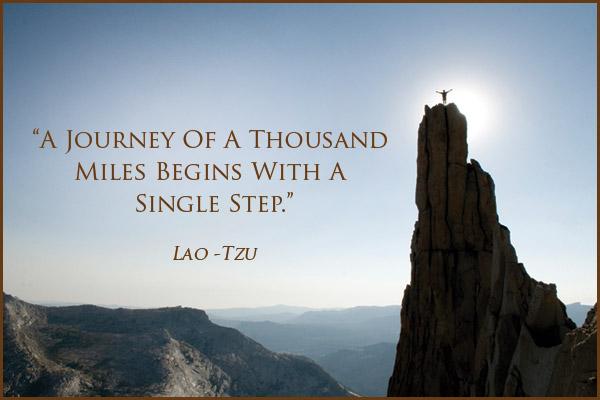January 1st,
1:03pm : FitSpace, A Local Binghamton Gym
Your fingers are tingling with the visions of a futuristic
you. A future you with leaner, stronger
legs, a more defined muscles, a healthier complexion, a spring in your
step. Today is the first day towards a
healthier you.
“Make a plan but don’t be made by that plan” – David Malinowski
January 1st,
1:15pm : FitSpace
You walk into FitSpace and can feel the intense energy of everyone
who is feverishly working towards their 2016 goals. You can see their goals on each one of their
faces.
“Lose 50 pounds”
“Bench 210”
“Tone my arms”

January 8th,
1:45pm : FitSpace
You are 35 minutes into your elliptical training. Only 25 minutes to go. Each minute seems to pass by dreadfully
slow. You watch as the seconds tick by, 35:21, 35:22, 35:23, 35:24. The gym’s atmosphere
doesn’t seem to have that electrified feel that drove your workouts in the
first week. You feel sluggish, your
legs; heavy. Your calves have been sore
to the touch for three straight days and you have been having difficulty
walking down the stairs.

January 15th,
1:01pm : Fitspace
You look around in the 10,000 sq ft facility. Many of the familiar faces you’ve seen over
the past two weeks have disappeared. You
no longer need to fight for the lat pull-down, you no longer need to worry
about staying on the cardio machines past the allotted times, you can get right
onto the treadmill with no hesitation
But do you want to?

Solution
We must realize that behavior modification does not occur
all at once. It takes months of small consistent
efforts to successfully bring lifestyle change to life. Daily tasks, weekly efforts, and monthly
visions should be all part of the plan to positively improve your physical,
emotional, and spiritual life.
All too often we see gyms packed in the first few weeks of the
new year only to be deserted two weeks later.
Our motivation, our goals, and our golden visions become deflated by the
bubble of energy that dissipates as more people fall off the wagon.
Your New Year’s Resolutions Start Today. Pick a simple task for your overall goal and
vision.
- Financial: Putting a quarter in a jar every day.
- Physical: Do 15 minutes more exercise every day this week than you accomplished last week.
- Mental: Take 10 minutes out of your day to stimulate your mind, read 6 pages of a book.
- Emotional: Take 5 minutes to breathe and relax, just for you, whether it’s meditation or just truly taking the time to enjoy that morning coffee.
“A journey of a thousand
miles begins with a single step.” - Lao-Tzu

I challenge you to accomplish 1 small, minuscule task for 30
days. That’s all. The future is now.


















